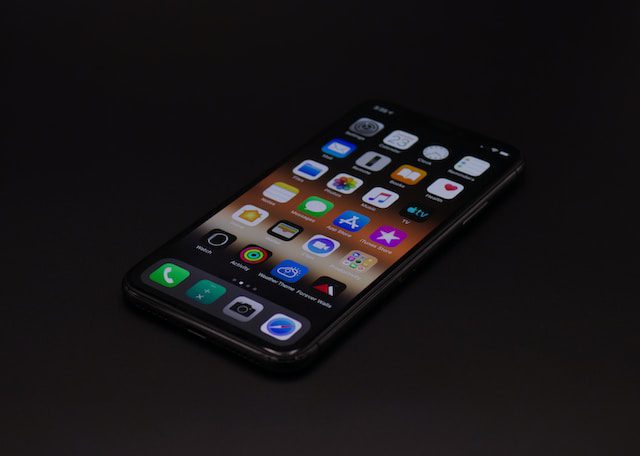
Unusual overheating of a smartphone, spontaneous installation of unfamiliar apps, or a sudden spike in data usage might signal that the device has been infected with malicious software.
Smartphones have become indispensable for many individuals, yet they are also prime targets for hackers. Much like computers, malefactors employ various tactics to deceive users into clicking on virus-laden links, downloading malicious software, or even unknowingly spreading malware. Furthermore, many users, willing to install cracked apps of dubious origin, might inadvertently jeopardize their devices.

Upon infection, smartphones run the risk of having personal or sensitive data stolen, which might subsequently be sent to a remote server. However, users can often discern whether their phones are under attack by recognizing certain symptoms.
Elevated Data Usage:
Some smartphones display network usage on the status bar. If absent, users can check their monthly data usage in settings. If mobile data usage exceeds the usual range, it’s likely the device has been compromised and infected. This could be attributed to spyware or malware continuously operating in the background, sending data to remote servers, consequently consuming more data than usual.
Rapid Battery Drain:
Malicious software tends to use excessive resources to gather data and record user actions, leading to accelerated battery depletion compared to usual conditions.
Unfamiliar Apps Appear on Screen:
The sudden presence of unfamiliar apps might indicate unauthorized access. Malefactors might autonomously install and uninstall apps to serve their agendas, be it advertising, data collection, malware distribution, or even integration into a larger botnet.
Overheating and Device Lag:
Spyware typically records user activity and transmits it to servers, consuming significant smartphone resources. This not only causes unusual overheating, even when idle but can also slow down the device or cause it to freeze.
Frequent Pop-up Windows:
Continuous pop-ups might strongly suggest the presence of malware on a smartphone. These windows often display illicit ads or contain malicious links, attempting to deceive users into engaging.
Unusual Calls and Messages:
If the call or message history features unfamiliar contacts, or if calls or messages that the user didn’t make or send appear, the smartphone might have been hacked. Such calls might be eavesdropping attempts, potentially leading to unintended charges.
Auditory Anomalies:
During calls, if unusual beeps or sounds are detected, it might indicate active eavesdropping software. It’s advisable to avoid continuing such calls. Furthermore, abnormal sounds may occur even when the screen is off or untouched, suggesting that the microphone might have been covertly activated.
Preventative Measures:
To avoid surveillance software, users should limit installations of apps with uncertain origins, or programs outside the Play Store or App Store. One should review the device’s app list and uninstall suspicious or redundant software. In case of suspicions, antivirus software might be beneficial. However, if problems persist, restoring factory settings might be necessary. Nonetheless, some spyware might be deeply embedded within the operating system, requiring a device change for complete security. If a breach is detected, users should promptly log out of all accounts, change passwords, and implement additional security measures.